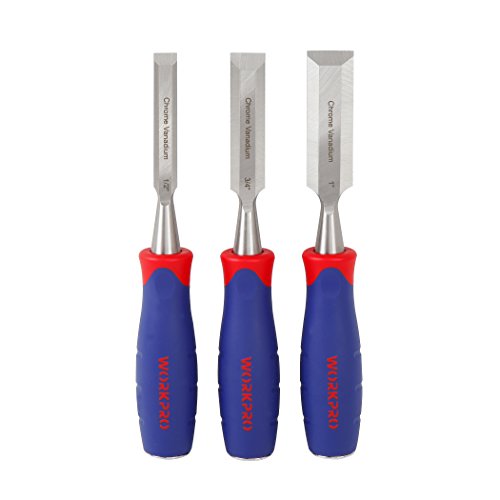The Basics: Understanding Japanese and Western Chisels
When it comes to woodworking, chisels are an essential tool for any woodworker. Chisels come in many different shapes, sizes, and styles, but the two most popular types are Japanese chisels and Western chisels.
Japanese chisels, or “nomi”, and Western chisels differ in many ways, including their design, construction, and functionality. Here’s a breakdown of the key differences between these two types of chisels.
Design and Construction: Japanese Chisels
Japanese chisels have a much different design than Western chisels. The blade of a Japanese chisel is made from high-carbon steel, which is harder and can hold a sharper edge than the softer steel used for Western chisels. Japanese chisels also have a bevel on only one side of the blade, which allows them to be used for fine detail work and other delicate tasks.
Another key feature of a Japanese chisel is its handle. Japanese chisels usually have a hollow, cylindrical handle made from either hardwood or bamboo. This design allows the user to give a light tap on the top of the handle to drive the chisel forward with precision.
Design and Construction: Western Chisels
Unlike Japanese chisels, Western chisels have blades made from softer steel, which allows the blades to be sharpened more easily. Additionally, Western chisels often have a bevel on both sides of the blade, which makes them more versatile for different types of woodworking tasks. Western chisel handles are typically made from wood or metal, and the design of the handle depends on the manufacturer.
Functionality: Japanese Chisels
Since Japanese chisels are designed for fine detail work, they are excellent for tasks such as carving intricate designs and trimming joints. The unique handle design also allows for more precise control when working with the chisel. However, due to their harder steel blades, Japanese chisels require a more skilled user to sharpen them correctly.
Functionality: Western Chisels
Western chisels are more versatile than Japanese chisels due to the double-bevel design, which makes them suitable for a wide range of woodworking tasks. They’re excellent for general purpose woodworking, such as trimming and shaping wood pieces, and they’re easier to sharpen than Japanese chisels due to their softer steel blades.






